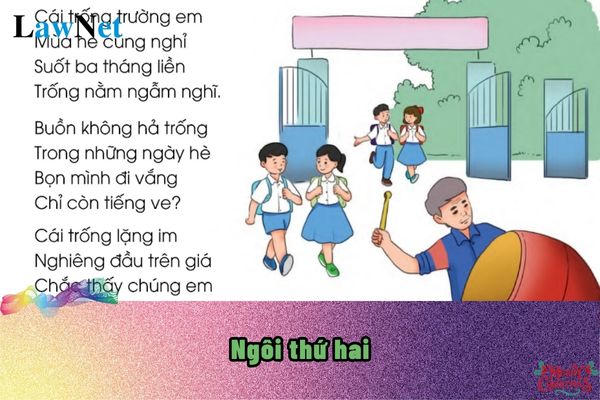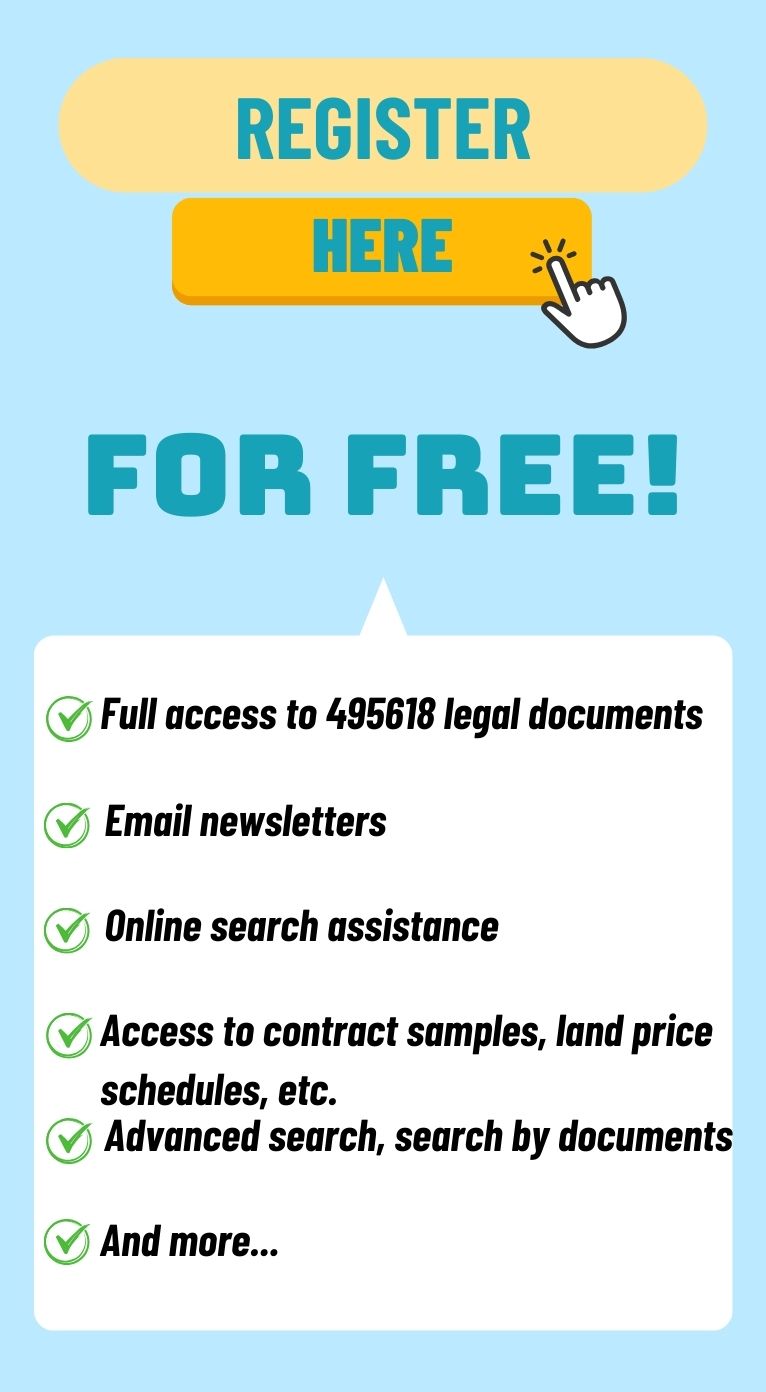Vietnam: What is the second-person narrative? Is Literature a communication tool for students?
What is the second-person narrative in Vietnam?
The second-person narrative in literature is a narrative style in which the narrator directly addresses the subject being mentioned by using the pronoun "you" or equivalent terms. In other words, the narrator speaks directly to a specific person or group of people.
|
What is the second-person narrative?
|
*Note: Information about the second-person narrative is for reference only./.

What is the second-person narrative? Is Literature a communication tool for students in Vietnam? (Image from Internet)
What are the narratives in the applicable general education program for Literature in addition to the second-person narrative in Vietnam?
Under Section 5 of the general education program for Literature issued along with Circular 32/2018/TT-BGDDT:
1.2. Knowledge
a) Vietnamese Language
...
- Allocation of literature knowledge themes at each educational level
+ Primary Level: basic understanding of stories and poetry, fictional and non-fictional texts; characters in literary texts, plot, time, space, words, rhyme, rhythm, images, character dialogue.
+ Secondary Level: understanding of genres (folk tales, short stories, lyrical poetry, narrative poetry; lyrical prose and narrative prose; novels and Nôm narrative poetry, regulated poetry and free verse, tragedy and comedy); lyrical subject and lyrical character; expressive value, cognitive value of literary works; some formal elements and artistic techniques in each literary genre (narrator, first person narrator, third person narrator, character, perspective, changes in narrator and perspective, conflict, space and time, narration and character speech, lyrical emotional flow, words, images, rhyme, rhythm, poetic rules, structure); at the end of grade 9, a brief summary of literary history.
...
Thus, in the applicable general education program for Literature, in addition to the second-person narrative, there are also first-person and third-person narratives.
Is Literature a communication tool for students in Vietnam?
Under Appendix 1 of the general education program for Literature issued along with Circular 32/2018/TT-BGDDT regulating the subject's characteristics at all educational levels generally:
- Literature is a subject in the field of Language and Literature Education, taught from grade 1 to grade 12. At the primary level, this subject is called Vietnamese; at the lower and upper secondary levels, it is called Literature.
- Literature is a subject with an instrumental and aesthetic-humanistic nature; it helps students have a means of communication, providing the basis for learning all other subjects and educational activities in school; it is also an important tool for educating students about noble values of culture, literature, and national language; fostering healthy emotions, humane feelings, a benevolent, empathetic lifestyle,...
- Through linguistic texts and vivid artistic images in literary works, by engaging in reading, writing, speaking, and listening, Literature plays an enormous role in helping students form and develop good qualities as well as core competencies to live and work effectively and engage in lifelong learning.
- The content of Literature is comprehensive, including knowledge of culture, ethics, philosophy,... related to various other subjects and educational activities like History, Geography, Art, Civic Education, Foreign Languages, Natural and Social Sciences, Practical Activities, Experiential Activities, career orientation,… Literature is also closely related to life; it helps students become more interested and attached to daily life, know how to relate and solve emerging issues in reality.
- The core content of the subject includes essential knowledge and skills about Vietnamese language and literature to meet the requirements for qualities and competencies of students at each educational level; divided into two phases: basic education and career orientation education.
- Basic Education Phase: The program is designed according to the main themes corresponding to reading, writing, speaking, and listening skills. Vietnamese language and literature knowledge is integrated during reading, writing, speaking, and listening lessons. The linguistic materials are selected and arranged appropriately for the students' reception capacity at each educational level.
The aim of this phase is to help students use Vietnamese fluently to communicate effectively in life and excel in other subjects and educational activities; develop literary competence, as an expression of aesthetic competence; as well as nurture thoughts and feelings so that students develop soulfully and morally.
- Career Orientation Education Phase: The program consolidates and develops the results of the basic education phase, helping students enhance linguistic and literary competence, especially in comprehending literary texts; improve skills in creating argumentative texts, and informational texts with more complexity in content and writing techniques; equip some literary history knowledge and literary theory applicable to reading and writing about literature; continue nurturing thoughts, feelings, souls, and character so that students become responsible citizens. Additionally, each year, students who are oriented toward social sciences and humanities can choose to study a number of thematic courses.
These thematic courses aim to enhance knowledge of literature and language, and apply knowledge to practice, meeting the interests, needs, and career orientations of students.
Thus, Literature is a subject with an instrumental and aesthetic-humanistic nature; it helps students have a means of communication.

